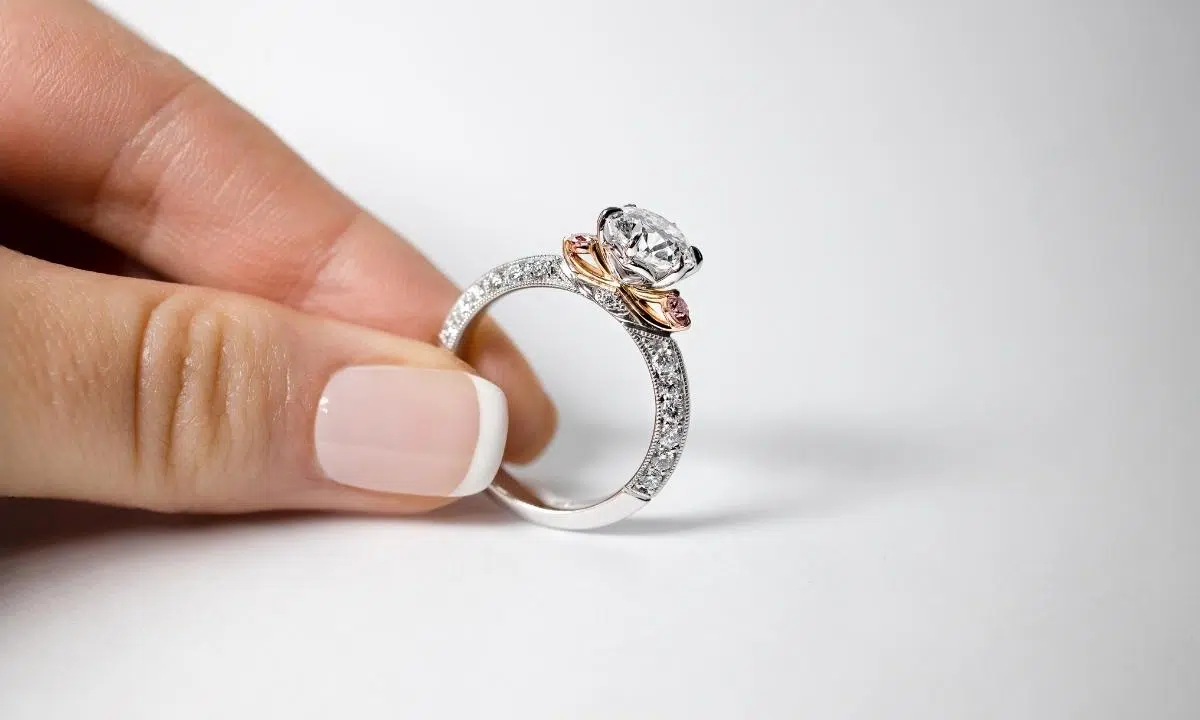Creating a custom engagement ring that’s truly unique is a rewarding process that allows you to design a piece of jewelry that reflects your personal style and love story. The journey to crafting the perfect engagement ring involves several steps, from understanding your partner’s preferences to selecting the right materials and working closely with a skilled jeweler. By following these steps, you can ensure that the ring you create is one-of-a-kind and deeply meaningful.
Understanding Preferences
The first step in creating a custom engagement ring is to understand your partner’s preferences. Pay attention to the jewelry they currently wear and note any specific styles, metals, or gemstones they seem to favor. Consider their lifestyle as well—someone with an active lifestyle might prefer a more durable setting, while someone who enjoys dressing up might appreciate a more intricate design. If you’re unsure, don’t hesitate to ask friends or family members for guidance.
Setting a Budget
Establishing a budget is crucial in the custom ring-making process. Custom engagement rings can vary significantly in cost depending on the materials and complexity of the design. Knowing your budget will help you and your jeweler make informed decisions about the ring’s design and ensure you stay within your financial limits.
Choosing the Center Stone
The center stone is often the focal point of an engagement ring. Diamonds are the most traditional choice, but sapphires, emeralds, and other gemstones are becoming increasingly popular. When selecting a center stone, consider the Four Cs: cut, color, clarity, and carat weight. These characteristics will affect the stone’s appearance and value. For a truly unique ring, you might consider using a colored gemstone or an unusually shaped diamond.
Selecting the Metal
The choice of metal for the ring’s band is another important decision. Common options include platinum, white gold, yellow gold, and rose gold. Each metal has its own unique properties and aesthetic appeal. Platinum is known for its durability and hypoallergenic qualities, while rose gold has a warm, romantic hue. Consider what metal will best complement the center stone and your partner’s skin tone.
Designing the Setting
The setting is what holds the center stone in place and contributes to the ring’s overall style. There are numerous setting styles to choose from, including solitaire, halo, bezel, and pavé. A solitaire setting is timeless and elegant, focusing all attention on the center stone. A halo setting adds extra sparkle with a circle of smaller diamonds surrounding the center stone. The choice of setting can dramatically change the look of the ring, so it’s essential to choose one that aligns with your partner’s style.
Adding Personal Touches
To make the engagement ring truly unique, consider adding personal touches. This could include incorporating birthstones, engraving a special message or date inside the band, or using a family heirloom stone. These customizations add sentimental value and make the ring even more special.
Collaborating with a Jeweler
Finding a reputable jeweler to bring your vision to life is crucial. Look for a jeweler with experience in creating custom engagement rings and who has a portfolio of previous work. Discuss your ideas, budget, and timeline with them to ensure they understand your vision. A good jeweler will provide sketches or computer-aided design (CAD) images to give you a clear idea of what the finished ring will look like.
Finalizing the Design
After reviewing the initial designs, provide feedback to your jeweler. This may involve several rounds of revisions until you are completely satisfied with the design. Once the design is finalized, the jeweler will begin crafting the ring. This process can take several weeks, so it’s important to start early if you have a specific date in mind for your proposal.
Ensuring Quality and Certification
Finally, ensure that the engagement ring comes with appropriate certification and appraisal. This is particularly important for rings with diamonds or other valuable gemstones. Certification from a reputable gemological laboratory guarantees the authenticity and quality of the stones. An appraisal provides a detailed description of the ring and its value, which is useful for insurance purposes.
Creating a custom engagement ring that’s truly unique requires careful planning, creativity, and collaboration with a skilled jeweler. By understanding your partner’s preferences, setting a budget, selecting the right materials, and adding personal touches, you can design a ring that is a perfect symbol of your love and commitment.


